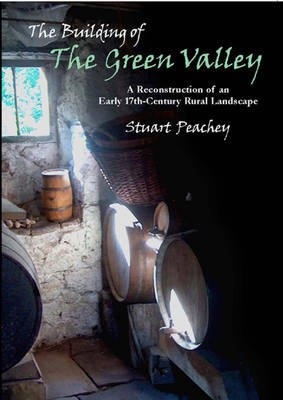A few days ago a friend let me know that my favorite author, Diana Wynne Jones had passed away. I’m actually pretty devastated by this. No, this has nothing to do with Living History, but I felt I could not let this moment go by without telling everyone about this amazing author.
I came across my first novel by Diana Wynne Jones on the bargain table at a bookstore near my grandmother’s house. That day I purchased Jones’
Charmed Life,
Still life with Wings, by Susan Kohn Green and
Ashar of Quarious by Clare Cooper. I read them all voraciously, and have re-read them since. The one I re-read the most times was
Charmed Life. Then a few years later I was browsing the little shelf of paperbacks that the 10th grade English teacher kept in his classroom. I picked up a
Tale of Time City without realizing it was by the same author as
Charmed Life. I devoured the book, I loved the characters, the story, the intense sense of danger mixed with amazing amounts of fun. I read it again. I read it again and kind of forgot to return it. I’m sorry Mr. Brandt.
A few years later I was working at a bookstore and playing around in the Books-In-Print database and decided to type in
Tale of Time City to see what else I could find. This was in a time before wide internet availability, before Amazon, before Google. I was amazed to learn that the person who wrote
Time City had also written
Charmed Life, and many other books too! In fact, the store I was working in had copies of all of the books in the
Dalemark Quartet. I think I hid them on the shelves until I could purchase them all. These books were a little different, a little more melancholy with a sense of the historic about them, but as a high school senior that suited me fine.
Over the next bunch of years I collected as many Diana Wynne Jones books as I could find. When Amazon.co.uk came along I even splurged on shipping and got some of the ones I could not find in the US. Many years later while living on Cape Cod and working at a different bookstore I found
Deep Secret. It is to this day my favorite book. When my brother came to visit me, I asked if I could read aloud to him. I knew it was a strange request, he was a teenager, and we only had a few days before he went home, but he agreed and I started in on
Deep Secret. Once we started, we did almost nothing else for days. He’d read sometimes, but most of the time he let me read, and I so enjoyed every minute. We actually did not finish the book until we were in the parking lot where were met up with Mom so she could pick him up and bring him home, but it was so worth it. I hear he has since read it aloud to a few female friends, lucky girls.
Not too long after, the Miyazaki movie version of
Howl’s Moving Castle came out. There was only one theater on Cape Cod that played it, I think there were only three people in the theater the night I saw it. The main parts of the plot were there, but the characters were Miyazaki characters. They were not flawed yet lovable, they were not funny. The magic was so predictable, and not breathtakingly original like the book. But I guess for a book adaptation it was not bad, it meant that the bookstore I was working at stocked more of her books, and I was able to pick up a few more of the tough to find titles.
When I met Stephen, one of the first gifts I gave him was a copy of
Dogsbody. At the time he might not have realized that I was sharing with him a deep love in my life, but since then he’s figured it out. On the nights that we are laying in bed reading and I start hooting uncontrollably, or if he has to rush into the living room where I’ve been quietly reading for hours because he’s worried I’m hyperventilating, he inevitably discovers me reading a Diana Wynne Jones book. LOL has become a horrible cliché, but her books truly do make me gasp and roll about, even on the 2nd reading. Even on the 10th. I LOVE her sense of humor, it jumps right off the page at me.
I took
Conrad’s Fate and
Merlin Conspiracy with me to Ireland on vacation. When Stephen bought us both kindles, I got most of the Chrestomanci series in electronic format so I could always carry them around with me. During my first Christmas with nieces and nephews, I got the oldest girl copies of the first 4 Chrestomanci books, and let her know there were plenty more if she wanted them. In times of great stress I will almost inevitably curl up with a Diana Wynne Jones book, one that I have read 6 or 7 times, and am planning to read at least 100 more.
I know I will always have her books, that they will still comfort me and delight me, but it still makes me so very sad to think that she is gone from this world.
Neil Gaiman's Tribute
Emma Bull's Tribute
The School Library Journal
I also recommend typing "remembering Diana Wynne Jones" into Google. She may not have been incredibly well known, but by those who know her works she is extremely loved.
Read this entry on entry page


















